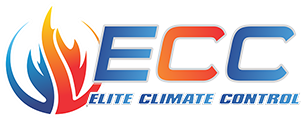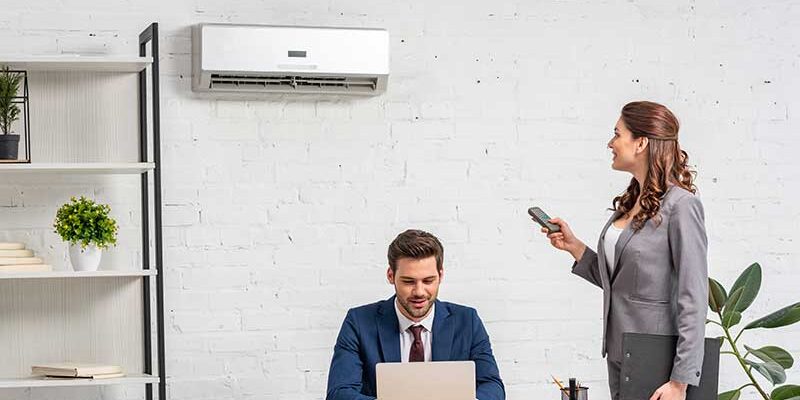In our ever-changing world, the value of clean air grows, propelling advances in air filtration technology to the forefront of health and environmental innovation. From homes and workplaces to healthcare facilities and industrial sites, there is a crucial need for highly effective air filtering systems. Let’s look at the most recent advancements in air filtration technologies, such as HEPA filters, UV light systems, and ionization techniques, and how they’re transforming our capacity to keep our air cleaner and healthier.
HEPA filters are high-efficiency particle arrestors
HEPA filters, long renowned for its ability to trap 99.97% of particles with a diameter of 0.3 microns, remain the gold standard in air filtration. Recent improvements have aimed to increase the resilience and longevity of these filters while retaining or boosting their ability to absorb tiny pollutants such as pollen, dust mites, and even tobacco smoke. Enhanced HEPA filters are increasingly being integrated with other technologies to address a broader range of air quality challenges.
UV Light System: A Ray of Cleanliness
The use of ultraviolet (UV) light technology in air filtration has grown significantly, particularly in eliminating microbiological pollutants such as bacteria, viruses, and mold. UV light systems, whether integrated into air ducts or freestanding devices, use short-wave ultraviolet radiation (UV-C) to deactivate airborne microorganisms, effectively cleaning the air. The most recent systems are meant to be more energy efficient and may be put in a variety of settings without exposing users to dangerous radiation.
Ionization Techniques: Charging Ahead for Air Purification
Air ionizers have advanced significantly with the development of novel ionization systems that send charged ions into the air and adhere to airborne particles. These charged particles then agglomerate, making them easier to filter or settle out of the air, so lowering air pollution. Recent advancements have improved the effectiveness and safety of these systems, reducing the creation of undesirable byproducts such as ozone. Some of the latest ionizers can now more efficiently target and neutralize not only common allergies, but also smoke and odors, significantly improving indoor air quality.
Combined Forces for Comprehensive Air Quality
The most interesting advances in air filtration require the combination of several technologies. For example, systems that combine HEPA filtration, UV light, and ionization offer holistic solutions that improve air quality more than any single technology could. These hybrid systems are especially helpful in places with strict air quality controls, such as hospitals and laboratories.
Environmental and Energy Considerations
As technology progresses, there is a greater emphasis on minimizing the environmental impact of air filtering systems. The most recent designs are more energy efficient and incorporate environmentally friendly materials, lowering the carbon footprint of maintaining great air quality. Manufacturers are also working to create systems that are easy to recycle and have a longer operational life.
Advances in air filtration technologies represent a big step forward in our ability to control pollution and improve indoor air quality. Whether through better HEPA filters, new UV light systems, or advanced ionization processes, these advancements promise not only cleaner air but also healthier settings. As we face ongoing environmental issues and health concerns about air quality, these technologies will play an important role in providing safer, cleaner air for all.




